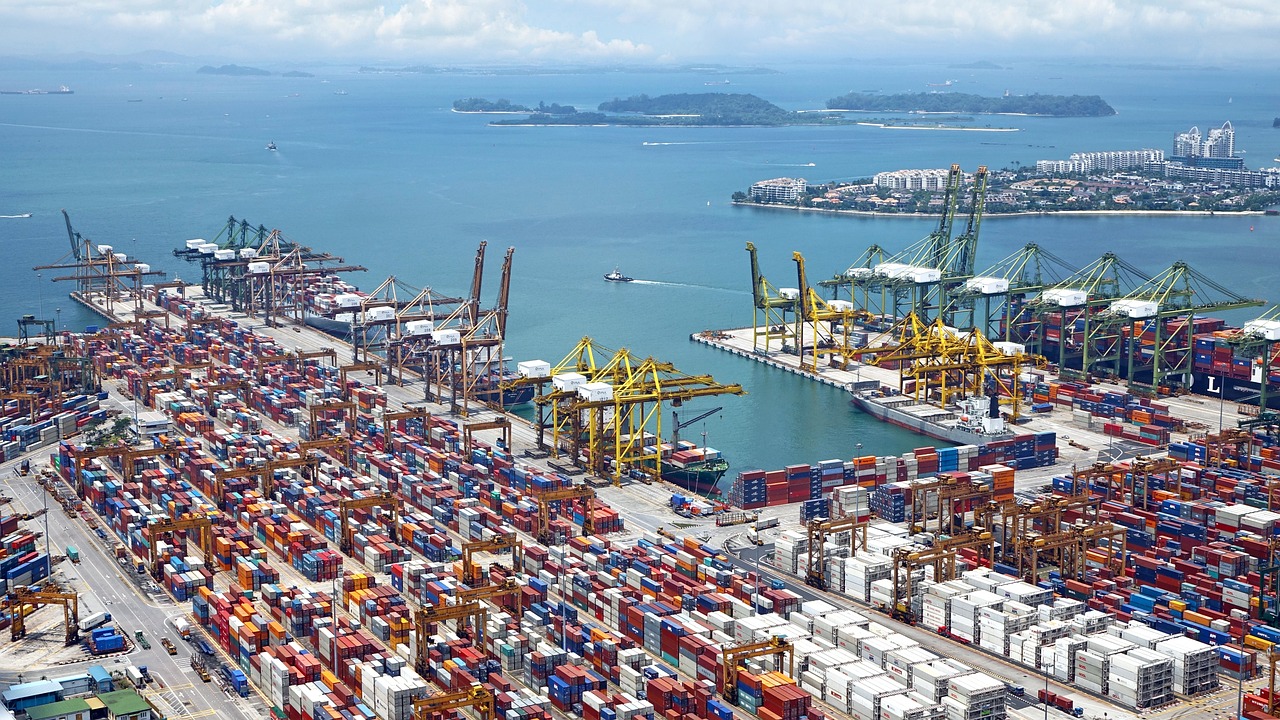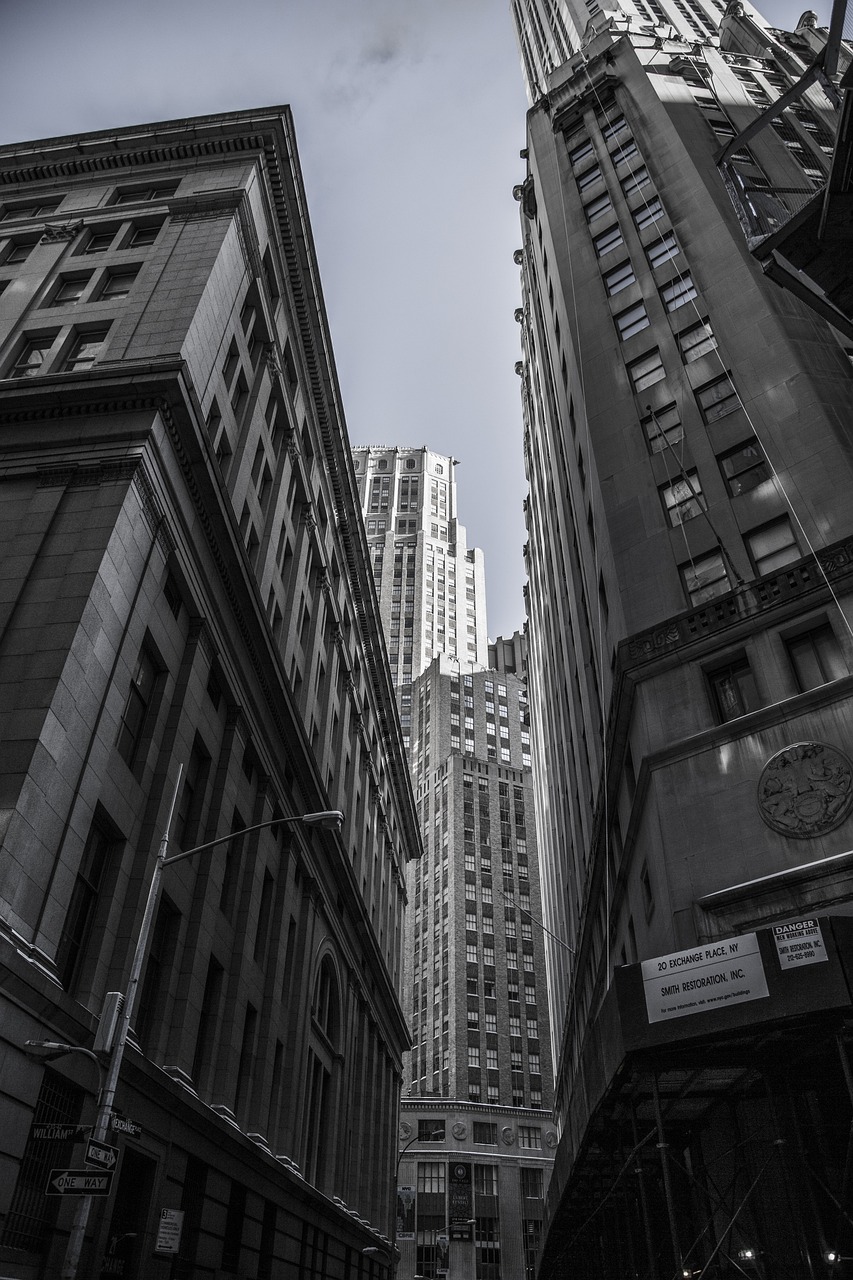What Is A Mixed Capitalist Economy?
An economic system known as a mixed capitalist economy combines aspects of capitalism and government intervention. Private enterprises are free to operate and compete in the market in a mixed capitalist economy, but the government also has a role in regulating and directing economic activity.
A mixed capitalist economy is characterized by the presence of laws and policies that are intended to advance particular social or economic objectives. The government could enact minimum wage legislation, provide specific business subsidies, or enforce environmental laws. These regulations can aid in resolving market imperfections and guaranteeing that the positive effects of economic progress are distributed more widely throughout society.

The availability of public goods and services delivered by the government rather than by private enterprises is another essential feature of a mixed capitalist economy. Infrastructure, education, and healthcare are a few examples. Regardless of their financial level or social standing, all residents can access these goods and services thanks to the government assistants.
The ability of private companies to compete and create in the market is still there in a mixed capitalist economy. They can take advantage of the incentives and chances of a market-based economy and are free to pursue profit and expansion. This may promote economic expansion and lead to the creation of fresh employment possibilities.
What Does It Mean To Have A Mixed Economy?

For any business owner, a mixed economy represents a free, democratized market. And because of its socialistic temperament, which comes with a touch of absolute capitalism, it allows any serious business to thrive and explore more options. This can be seen in countries like Australia, which has used this method to raise 76% from the private sector to fund their GDP; the remaining 24% comes from the public sector.
In France, the public sector accounts for 28% of the GDP and controls the education, healthcare, and transportation sectors. The private sector is in charge of agriculture and tourism, and they seem to be doing wonderfully well in that regard, considering that France is currently Europe’s tourist hub. As for Norway, although the governor controls the majority of the private companies in the country, they own 35% value of all the companies listed on the stock market.
They are also responsible for employing 10% of the national workforce. All over Europe and beyond, we see countries either trying to experiment with a mixed economic system and have already or still need help finding their ground. Some of these countries include Greece, Japan, Sweden, and Germany. Not the same can be said about African countries because most of them are still deep into the neo-colonist-induced capitalist economic systems.
Conclusion

A mixed capitalist economy, in general, aims to strike a balance between the advantages of a market-based system and the necessity of social and economic stability. It is possible to develop a more just and sustainable financial system that benefits everyone by combining the benefits of both capitalism and government intervention. Achieving this balance can take time and effort. Therefore, policymakers must create laws and regulations that promote social welfare and economic growth in a sustainable and balanced way
(Writer:Matti)





